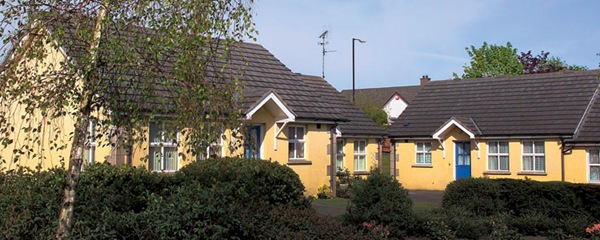Living sustainably
2nd November 2009Taking stock
14th May 2010Living together?
The housing selection scheme could increase division, according to Housing Minister Margaret Ritchie. Ryan Jennings looks at how integrated housing could be encouraged.
When the Housing Executive was set up in 1971 its main aim was to move away from the evident inequalities in council housing allocation. Up until that year, as is still the norm over the water, ‘council housing’ really did mean housing owned by the council.
The executive is now charged with ownership of the social housing stock. While the waiting list has fluctuated, it now sits at over 40,000, with another 20,000 in housing stress.
The common selection scheme ensures that applicants are allocated housing solely on the basis of need and that has been the case since the housing authority was conceived.
However, in a roundtable hosted by agendaNi in November 2009, Housing Minister Margaret Ritchie said: “I’m coming to a belief that the existing allocation system can actually perpetuate division.”
In order, therefore, to not “perpetuate division” and to perhaps increase integration, the common selection scheme may need something of a review.
Stopping short of that, the DSD has established the shared neighbourhood programme, which it says allows communities to show their commitment by signing up to the shared future principles. In the first 18 months, 30 areas have voluntarily agreed to participate in the programme.
The long-term goal, the department says, is to reach all council areas, ensuring that each part of the province has a shared neighbourhood as an example that “sharing is a good and desirable way to live”.
There are, of course, a number of new mixed housing schemes already in motion, notably in Enniskillen, Lisburn, Banbridge and Sion Mills, and agendaNi understands a further nine projects are still to come.
However the department’s spokesman did admit that some neighbourhoods which are already single-identity do tend to stay that way, adding that the department has no plans to replace the selection scheme – which allocates housing according to greatest need.
The Life and Times survey published in 2008 showed that 80 per cent of people would rather live in a mixed neighbourhood. In the same survey 34 per cent of people said that their neighbourhood was not neutral ‘always or most of the time’.
A brief look at the application form and allocation points system shows that the executive does indeed ask applicants to indicate which religion and racial group to which they belong. A further assessment of each applicant will then take place. Points are awarded on grounds such as intimidation, insecurity of tenure and current housing conditions.
The applicant currently does not state their area of preference, though this is indicated when the housing officer visits.
As a general rule, houses are offered to the applicant with the highest points, i.e. in most ‘need’. The applicant can turn down a house on three occasions as long as the reasons are “reasonable”, but thereafter it is understood their place on the waiting list is lost.







